Casa’s Cactus Garden
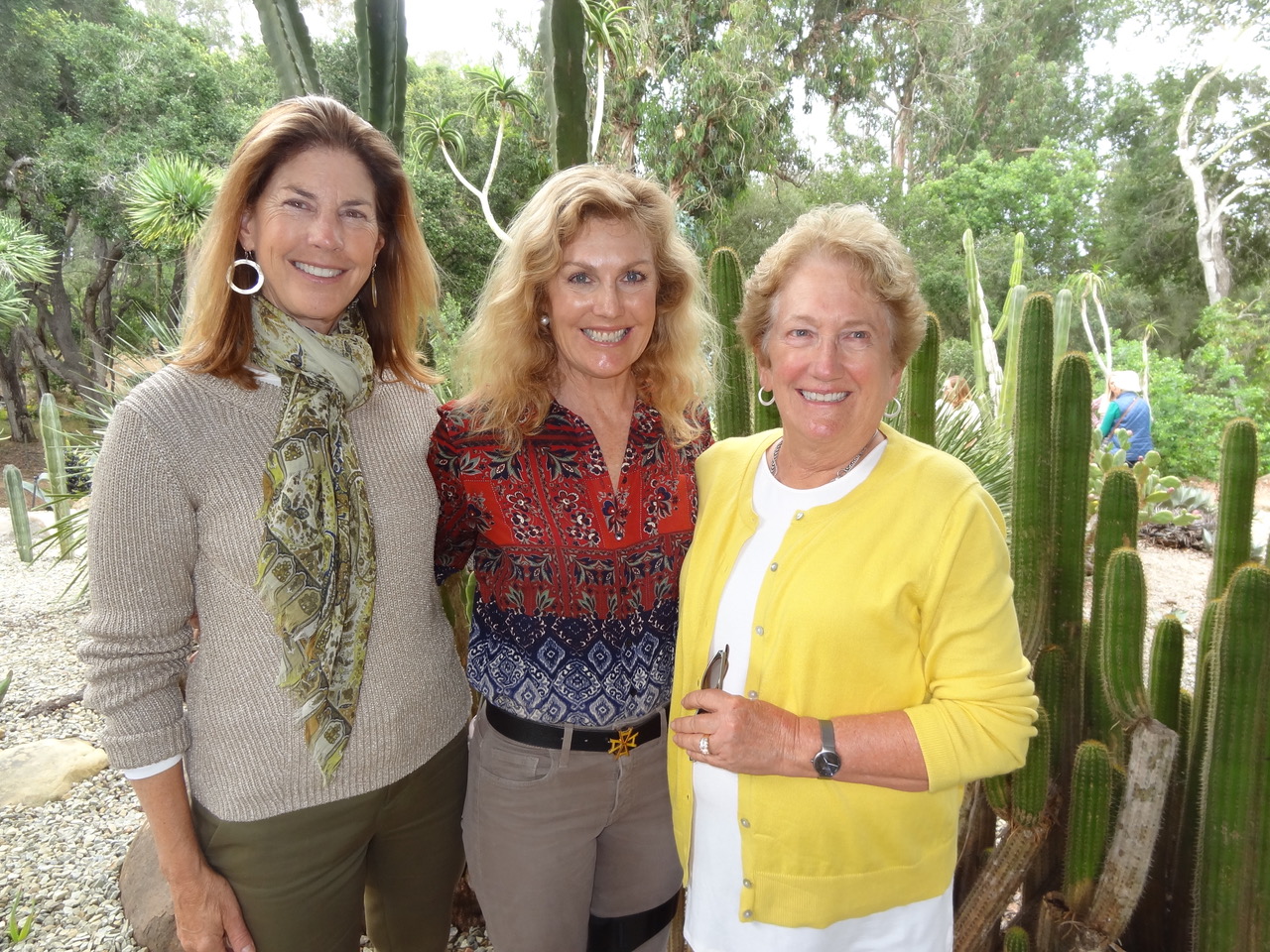
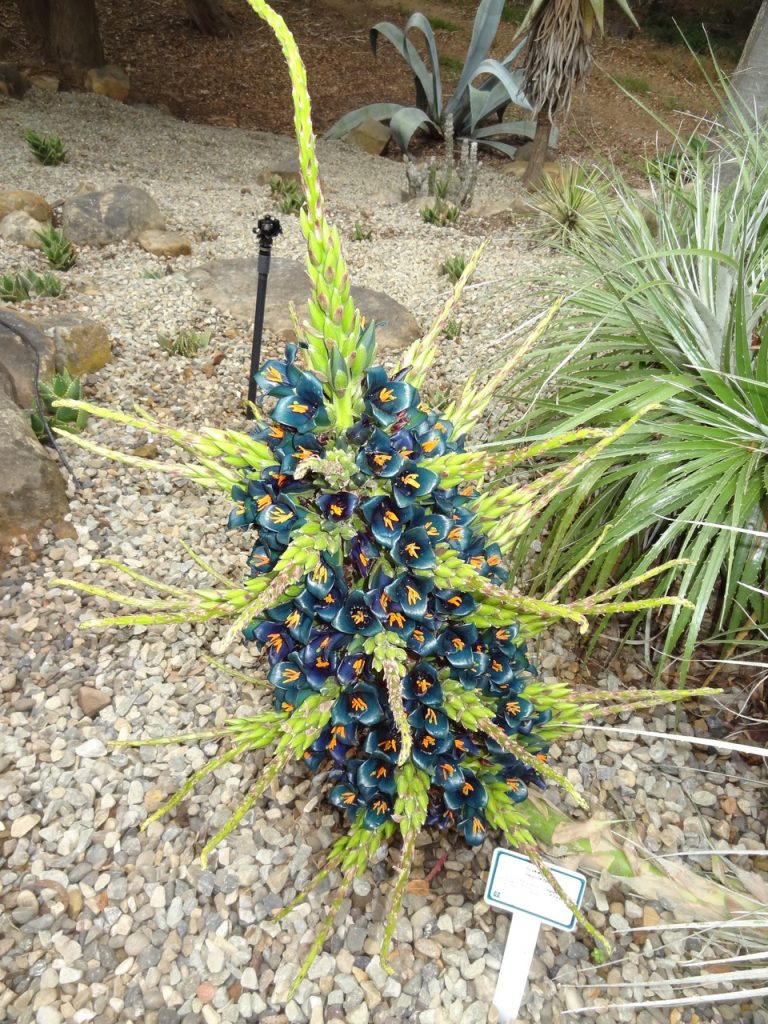
The Garden Club of Santa Barbara recently celebrated the unveiling of the new and renewed Arizona (cactus) Garden at Casa del Herrero. This project began a year ago with the club’s Civic Project Grant Program and a lot of hard work by the horticulture committee’s three co-chairs, Amy Mayfield, Puck Erickson–Lohnas, and Sharon Bradford, and club members.
During the early part of the 20th century when many grand estates were built by mid-westerners and easterners, they felt compelled to have an Arizona Garden. They had never seen cactus or even cut leaf philodendron. This included Carrie and George Steedman in the 1920s. I’ve been a docent at Casa del Herrero for almost 20 years and there was never time or money to take care of the Casa’s Arizona Garden. It was pretty much a mess.
Members, guests, and invited press were asked to come to a celebration and see the incredible results. Co-chair Amy Mayfield took me on a tour and explained how they propagated as many plants as possible and also bought new. They had a strict budget, which was rapidly used up for the plants, new irrigation, and gravel for the whole area. She told me, “I looked at dozens of gardens online to get ideas about what to do.” I think she was most proud of the Sapphire Tower or in Latin, Puya Alpestris, which was propagated. No one had seen a bloom like it. It blooms only rarely and I believe that even Lotusland only has one.
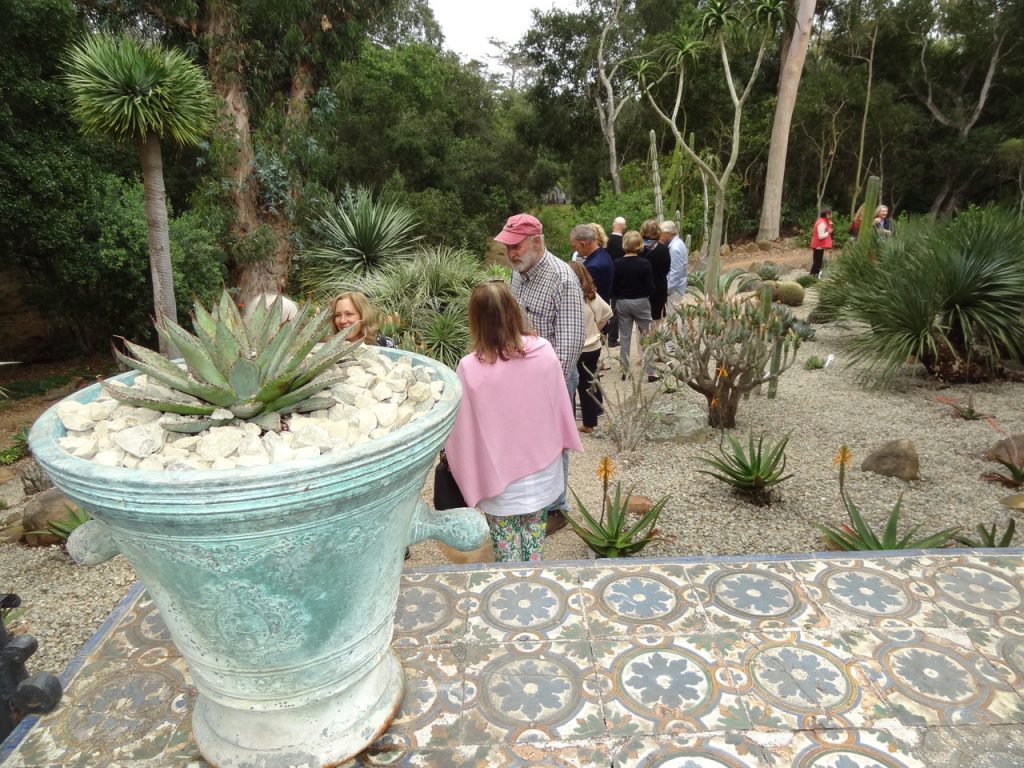
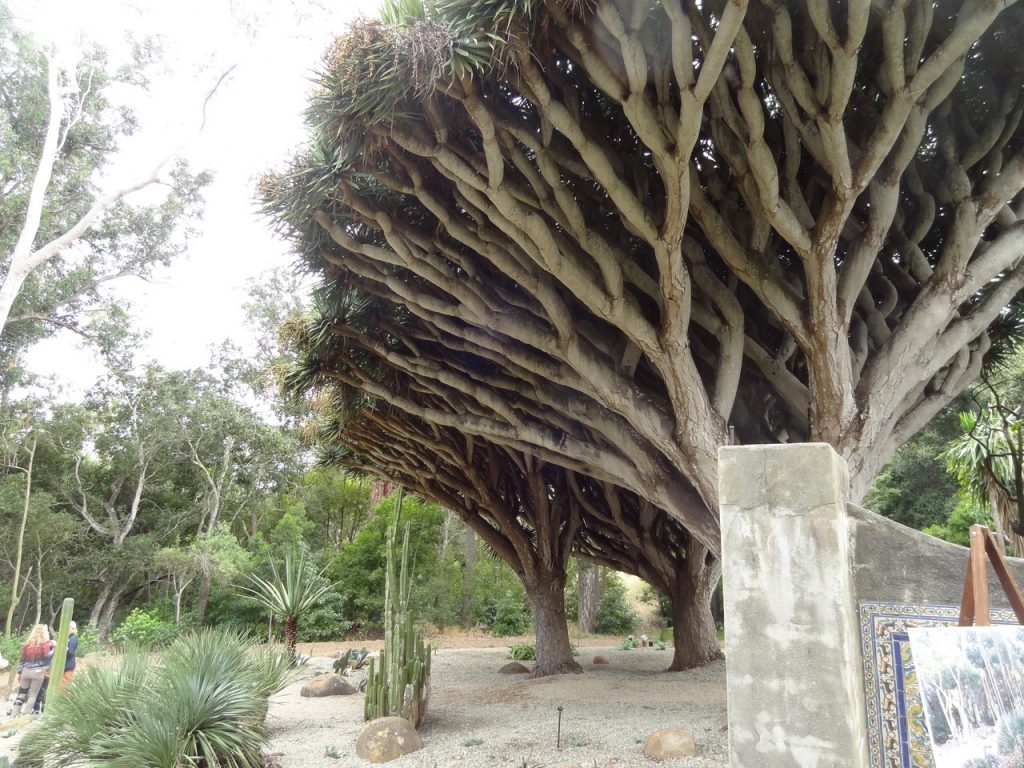
Casa del Herrero has National Landmark status, one of only four in Santa Barbara: the Mission, Courthouse and an adobe and much of that decision was because of the gardens on this eleven-acre estate. The owner, George Fox Steedman, was a perfectionist and he made many changes to landscape architect Ralph Stevens garden designs. It became an eclectic mix of Country Place Era and Moorish inspired garden spaces. Also involved were landscape architects Lockwood de Forest and Francis T. Underhill.
In the olden days there were twelve gardeners. Today with only two gardeners there’s a great deal to take care of. The Garden Club in prior days helped restore the herb garden. They plan to watch over the cactus garden so it will not be neglected. Now we docents will be able to take guests into the cactus garden for a stroll during our tours.
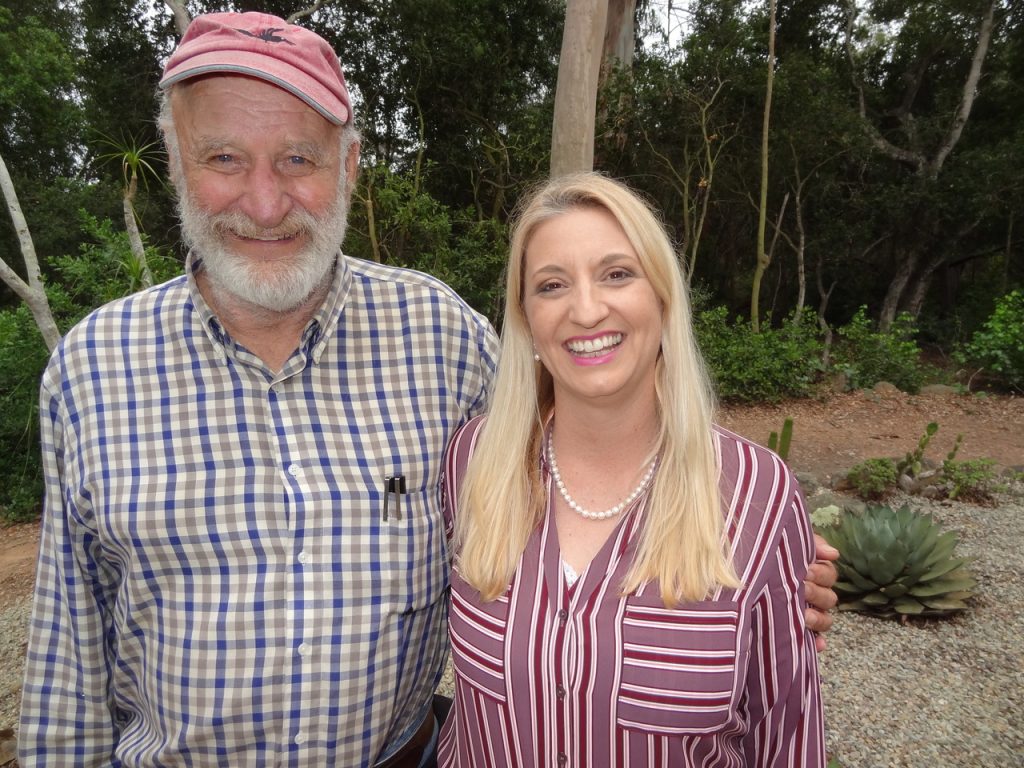
While guests sipped wine and walked the gravel paths, Casa del Herrero executive director Jessica Tade expressed her gratitude for the Garden Club’s generous time and treasure spent on our behalf. “Collaborating with the Garden Club of Santa Barbara has been such a joy. I am grateful for their support, and the knowledge and expertise they brought to this project.”
In case you’ve never been to the Casa at 1387 East Valley Road near the Montecito Library, it is open to the public for docent-led tours every Wednesday and Saturday at 10 am and 2 pm. Call 805.565.5653 for reservations. The Casa was built in the early 1920s and is still filled with all of the family’s furnishings, which makes it seem like a home, not a museum. The Steedmans had come with George’s brother who had diabetes and Dr. Sansum was the only person in the United States at the time that had insulin. George and Carrie were from Saint Louis and fell in love with Santa Barbara. They bought their eleven acres to have a second home but by 1930 they were full time residents. We still have relatives on the board. Come and see.






